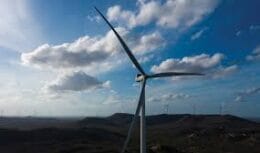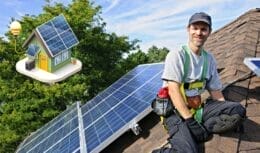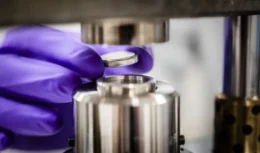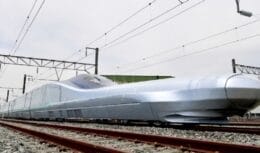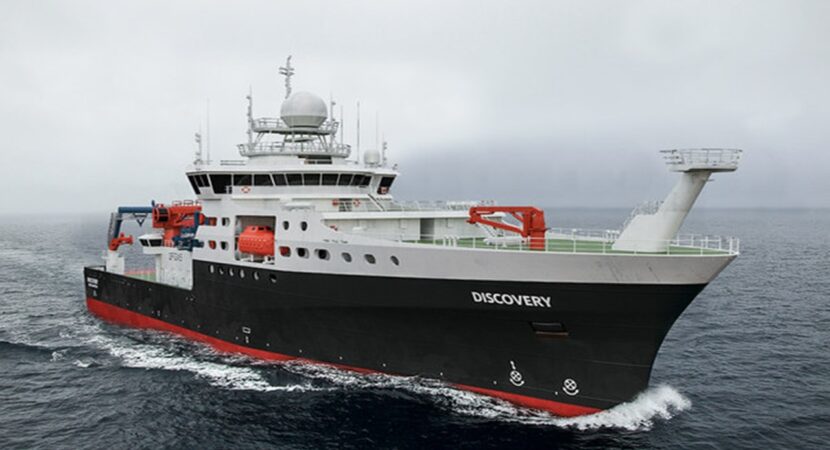
Discover treasure at the bottom of the sea! Bacteria formed underwater reserves of cobalt, nickel, molybdenum, niobium, platinum, titanium and tellurium
A study by USP reveals bacteria and archaea involved in the cycle of nutrients and in the generation of elements such as manganese, cobalt, nickel, molybdenum, niobium, platinum, titanium and tellurium in the Rio Grande Elevation.
Read also
- Raízen opens 141 job openings to work at ethanol plants in São Paulo and other Brazilian states this May 17th
- Coca Cola, the largest multinational producer of non-alcoholic beverages, calls for hundreds of job vacancies in its factories in SP, RJ, MG, RS and more
- Mixing biodiesel with diesel oil can damage engines and increase fuel prices, say entities representing more than 200 companies in the sector
- Loyalty to the brand at gas stations will end and the sale of fuel via delivery will be released; measure can reduce the price of gasoline by up to 50 cents per liter!
The deposits found are in an area known as Elevação do Rio Grande. The region is located in international waters, but Brazil obtained authorization from the International Seabed Authority (linked to the UN) to study its potential for 15 years.
In the coming decades, the world may witness a rally for ores, especially those used in rechargeable batteries and cells for high-efficiency energy generation, substitutes for fossil fuels that cause global warming. This is the case of cobalt and tellurium found in the Rio Grande Elevation.
Area of underwater treasure found is three times the size of the state of Rio de Janeiro
The underwater treasure found by oceanographers is located 1,5 kilometers off the Brazilian coast. The area where the deposit is located is three times the size of the State of Rio de Janeiro and the “treasures” are at depths ranging from 800 to 3 thousand meters.
According to USP, the deposit was formed during the separation of the supercontinent Gondwana (which gave rise to Africa and South America), the Rio Grande Elevation was an island that sank 40 million years ago due to the weight of lava from a volcano and movement of tectonic plates.
Brazil asked the ONU, in 2018, the expansion of its continental shelf, to include the Rio Grande Elevation in the exclusive marine zone of the country. The discovery was recently published by the journal Microbial Ecology and was financially supported by the Fundação de Amparo à Pesquisa do Estado de SP. In addition, the expeditions were aboard the RRS Discovery, a British royal ship.
There are only four areas on the planet with similar potential.
It is worth mentioning that the viability or otherwise of the future exploration of these ores will depend on the deepening of the research.
There are other areas on the planet that also have similar potential. We can mention the Clipperton Fracture and the Takuyo-Daigo seamount, both in the North Pacific, in addition to the Tropic seamount, in the North Atlantic.
Bibliographies for consultation:
- Study on the Rio Grande Elevation provides information to understand how the separation of the Brazilian and African continents took place (cprm.gov.br)
- Minerals | Free Full-Text | Genesis and Evolution of Ferromanganese Crusts from the Summit of Rio Grande Rise, Southwest Atlantic Ocean (mdpi.com)
- Frontiers | An Overview of Seabed Mining Including the Current State of Development, Environmental Impacts, and Knowledge Gaps | Marine Science (frontiersin.org)
- MarineE-tech | MarineE-tech (noc.ac.uk)


